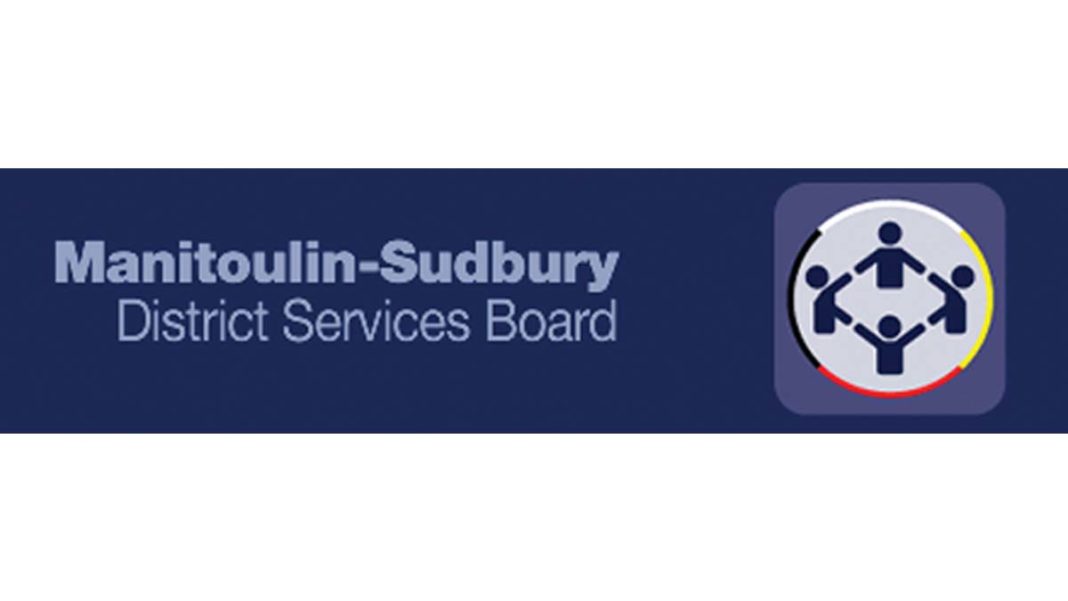New ambulance station will likely be located at Sheshegwaning
ESPANOLA—There are few more challenging decisions put before the Manitoulin-Sudbury District Services Board (DSB) than where to locate the bases for ambulance and paramedic services stations. A DSB report to the program planning committee on paramedic services station locations, formulated by Paul Myre, chief of paramedic services and DSB CAO Fern Dominelli, gave recognition to the sensitivity of the matter right from the starting paragraph of its findings and recommendations.
“It is important to note that while much of what is described in this report may be controversial and difficult to contemplate, staff were steadfast that all options needed to be explored to truly provide the board with an accurate depiction of our current state versus what our future could look like.”
To come up with its findings, DSB staff reviewed a report compiled by the Sault Ste. Marie Innovation Centre on the current location of the stations and found themselves in agreement that a five-year compilation of call volume and severity data points to the status quo remains the best option.
That being said, the same data supports the location of additional stations in Sheshegwaning (which Mr. Myre admitted was currently a blind spot in the DSB coverage), Estaire and/or French Rover (Bigwood). Those potential locations are identified as “unquestionably valid” and “even necessary” options if DSB is to strengthen its ability to achieve “reasonable emergency service equity and realize a true balanced emergency coverage model.” But the report also recognized the “tangible challenges” presented in achieving those additional stations—given the $1.2 million price tag on new construction, let alone the $500,000 annual operating costs associated with each station.
The good news for the West End is that discussions are taking place with both the Sheshegwaning and Zhiibaahaasing First Nations to “establish a footprint in that area.” In discussions of the report with the board, Mr. Myre noted that a helipad in Sheshegwaning is currently night certified. Any proposal for a new station would require extensive planning in several levels and a 100 percent funding buy-in by the federal and provincial governments. Mr. Myre said that, while early in the process, “there is some traction and work is forging on to establish a path forward.”
In the end, staff recommended pursuing the new station in Sheshegwaning/Zhiibaahaasing (provided 100 percent funding can be obtained) and asked for direction on which of the other options DSB would like staff to explore.
In response to questions from board members, it was ascertained that a new station in Sheshegwaning would be integrated into the overall coverage for emergency services and likely to follow the same model as that of the station currently in Wiikwemkoong—although the management of the station itself would be up to the band councils. (The DSB oversees the management of the station for Wiikwemkoong, which is fully funded by the federal and provincial governments.)
DSB decided to continue exploring the West End EMS station possibilities and to prepare a report on altering staffing at the Foleyet and Killarney stations.
Looming in the background of the discussions is the need for renovations and refitting of a number of current EMS stations, many of which are very old and in need of updating to meet current standards.





